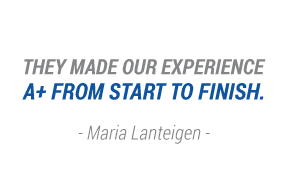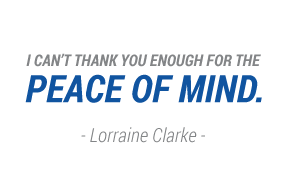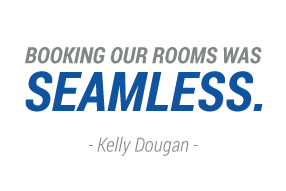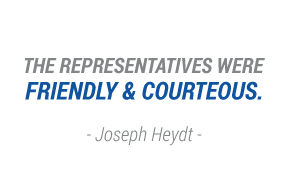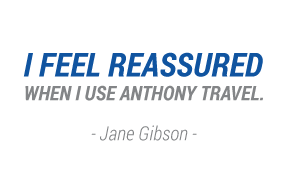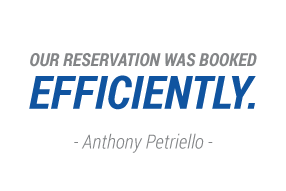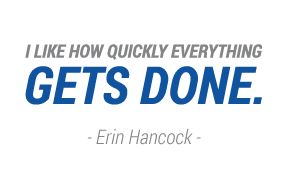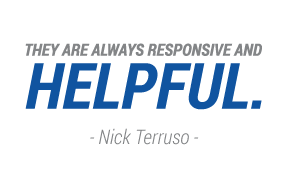The Wheel of Success
The Wheel of Success
By John Anthony
From Creating a Positive Work Culture and Environment
John Anthony, Paul M. Brunner and Michael Restu
“If we can keep our people happy, then they’ll make our customers happy, and that makes our managers and owners happy.”
The sign behind the cash register of a legendary Tex-Mex restaurant says it all: “If Mama ain’t happy, ain’t nobody happy.” For most service businesses like ours, we have to think of our people like “Mama” in that restaurant.
Developing happy employees, who in turn develop happy customers, requires four critical components:
- Respect for each individual — understanding their situation as a unique person and always treating them with respect
- Appreciation for the contributions that each person makes
- Tools — providing associates with the tools they need to succeed in their role — training, technology, support, management, and resources
- Positioning — properly positioning the individual within the organization, externally and internally, so that they can succeed
All four of these elements are needed to make each employee successful and each element influences the other. They do not reside in a vacuum, but rather form a continuing loop that revolves much like a wheel. Visually illustrated, this concept looks like a wheel, with the employee in the center, or at the “hub.” Surrounding each employee are “respect,” “appreciation,” “proper positioning,” and the appropriate “tools” (see diagram). As each element rotates around the employee, it fosters success, gains speed and momentum, and becomes a powerful force. This forceful energy that is created then radiates out to our customers.
This continuously spinning wheel of success creates its own momentum. As Newton’s First Law of Physics states: “Every object in a state of uniform motion tends to remain in that state of motion unless an external force is applied to it.” The wheel keeps turning and gaining speed. The resulting success generates the most powerful force of them all. Everyone wants to be part of a successful team. Winning teams have positive cultures. Championship coaches are frequently asked about team chemistry, team success, and which one comes first and causes the other. While no one can say for sure the order of each, everyone agrees that the impact of both — culture on success, and success on culture — is extreme and powerful. Winning begets winning. Positive culture begets positive culture. Success begets success. In essence, if you take care of your people and give them every possible chance to be successful, your company’s success will flow from there.
Key Players in Promoting a Positive Culture
Creating a positive work environment is the responsibility of everyone within a company, not just its managers. Our mid- and top-level managers are always observing what is going on, and if they see something going off course, they will make sure to address the issue. It is preferable, however, for our managers to spend most of their time reinforcing and rewarding our core values, and doing things to strengthen a positive work environment. Because our pool of general associates comprises the largest group of employees, they therefore influence our environment and culture the most.
As stated earlier, the people who work for you are the real power source within a company; they are the ones talking to the customers and each other. Managers can be very helpful and have a great impact on this process, but at the end of the day it is the other people throughout the organization who create a positive work environment. Therefore, as CEO, you must do what you can to make sure that these people are in a good situation.
To that end, we have created small employee associate committees consisting of three to five people who have been elected by their peers. They serve a term of six to 12 months and are placed in charge of fostering a positive work environment for their co-workers. Essentially, they have the ability to do whatever they want that promotes employee morale; for example, they can hire massage therapists; set up miniature golf outings for spouses and kids; or arrange lakeside parties.
If someone in the workplace is consistently negative, we make sure that the issue gets addressed. Our managers will talk to such an individual right away and discuss the situation. If the problem continues and our feedback shows that the employee’s actions do not match up with our core values, we may give them a final warning. If the problem recurs, then this is probably not the right workplace for that employee, and he or she will be terminated.
Successful Hiring Practices
When we interview new employees, a major part of the process involves talking about our core values. When prospective employees see those values posted throughout the company and hear about them from multiple people throughout the interviewing process, they begin to understand that our commitment to those values is real — and if what they see and hear appeals to them, they will gravitate toward those values.
Expert Advice
Thankfully, I think we have attained a decent success rate in terms of our hiring practices. Some people have left the company during their first week of work; in some cases, they have gone to lunch and not come back. I am happy when that happens because if they figured out on day two that this was not the right place for them, then it speaks volumes about the strength of our culture.
A company’s culture should be strong enough that new employees can quickly ascertain if they need to get out of the situation, either owing to the pace of work, or the overall environment. It is best for both sides when an unhappy employee leaves quickly because those who remain appreciate your core values, and will work to keep your company successful.
If, on the other hand, a candidate is yawning as they listen to our discussion of core values, then they may not be the right candidate. We do not like to make mistakes in the hiring process, and if we do, we want to correct that mistake in a hurry. We would much rather hire someone who will work here for five years or five days, but nothing in between.
The Golden Rule
Our company’s mission statement is a simple variation of the Golden Rule: treat others as you would want to be treated. We place tremendous value on that mission statement. We live and breathe it. We talk about it often, we post it in every office; we hire, train, reward, and promote employees based upon it. This statement, along with our core values, reinforces what our company believes: it’s the way we do business with each other and with our customers.
Treating your employees the way you want to be treated helps create satisfied employees. Giving them the tools to be successful and a culture in which to flourish creates a force to be reckoned with. Treating your customers the way you want to be treated creates happy customers. Giving them something they can’t get anywhere else creates a mutually beneficial partnership. With that winning combination, success and growth are sure to follow.








